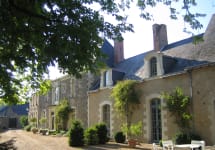Domaine des Baumard Quarts de Chaume 2011
-
Wine &
Spirits -
Wine
Spectator -
Wine
Enthusiast
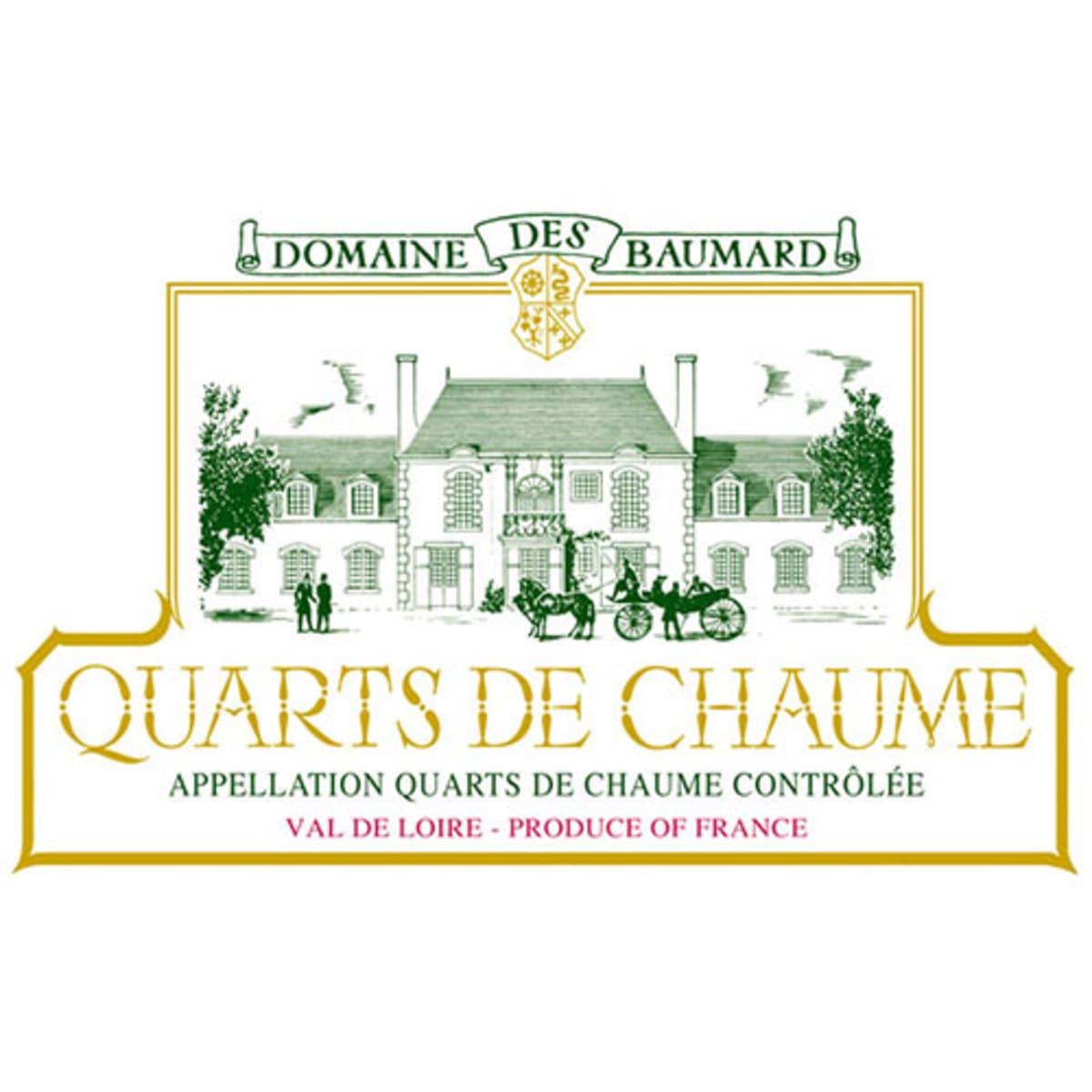

Product Details
Your Rating
Somm Note
Winemaker Notes
Professional Ratings
-
Wine & Spirits
Bright apricot and zesty quince flavors fill this wine’s full-on density. The texture feels honeyed and the finish has the complex floral notes of honeycomb. This seems to gain richness as it opens with air, still compressed, needing bottle time to reveal its complexity.
-
Wine Spectator
A bright, juicy, lively style, with mango, peach, yellow apple and green fig notes all rippling along, carried by alluring honeysuckle and white ginger notes. This is flattering at first glance but there's fine minerality stitching up the finish. Should unwind nicely in the cellar. Best from 2016 through 2022.
-
Wine Enthusiast
Light while also intense with good acidity and unctuous honey flavors, this is already a delicious wine, even though it is young. Ripe orange and lemon go with the honey to give a fine wine that could be drunk now, although that would be a shame. It would be much better to wait until 2017. With just over 200 acres of vines, Quarts de Chaume is a tiny enclave in the Layon Valley.
Other Vintages
2018- Decanter
-
James
Suckling -
Wine
Spectator
-
Wine &
Spirits -
Wine
Spectator
-
Wine
Spectator
-
Wine &
Spirits -
Wine
Spectator
-
Wine
Spectator -
Wine &
Spirits -
Wine
Enthusiast
-
Wine
Spectator -
Wine
Enthusiast -
Robert
Parker
-
Robert
Parker -
Wine
Spectator
-
Wine
Spectator -
Wine &
Spirits
-
Wine
Spectator
-
Wine
Spectator
-
Wine
Spectator
-
Robert
Parker -
Wine
Spectator
-
Wine
Spectator -
Robert
Parker
-
Wine
Spectator
-
Robert
Parker
-
Wine
Spectator
-
Jeb
Dunnuck -
Wine
Spectator
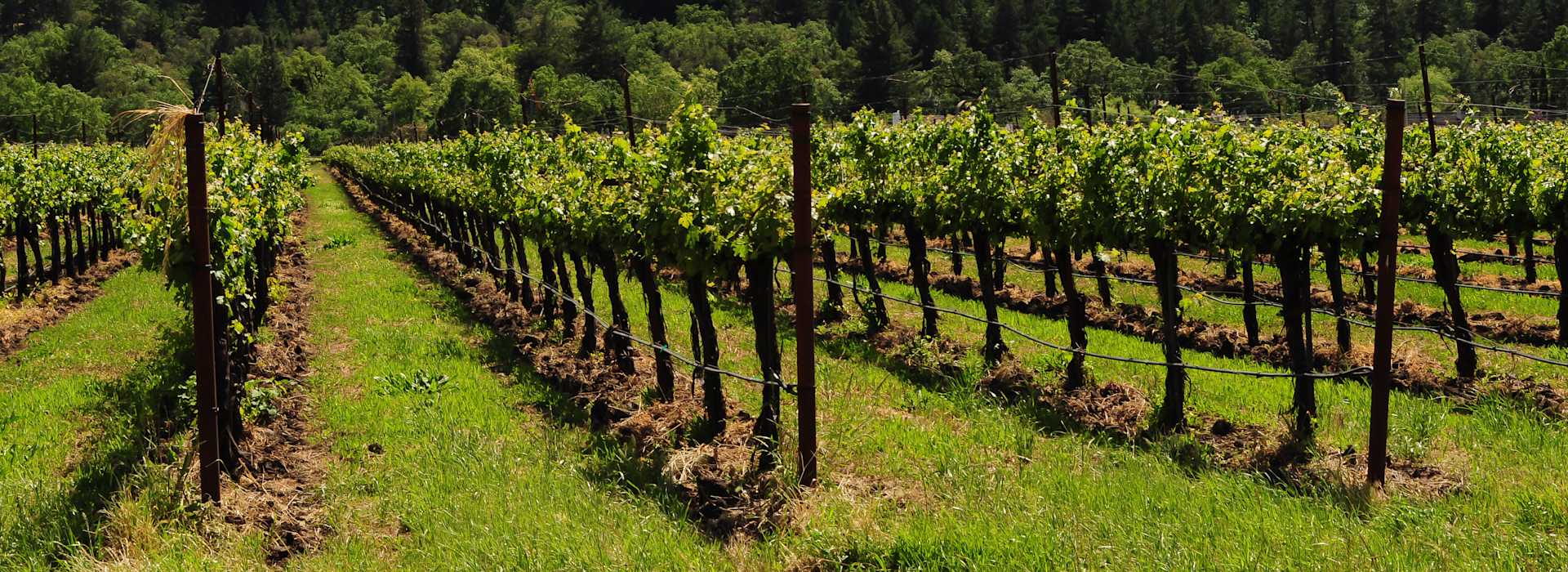
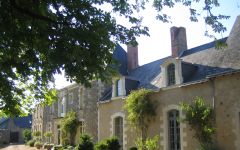
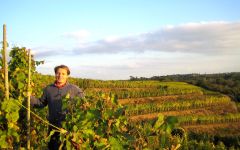
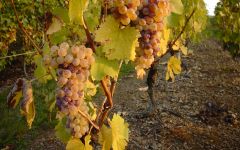

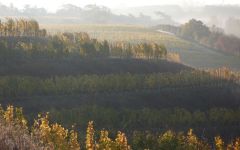

Unquestionably one of the most diverse grape varieties, Chenin Blanc can do it all. It shines in every style from bone dry to unctuously sweet, oaked or unoaked, still or sparkling and even as the base for fortified wines and spirits. Perhaps Chenin Blanc’s greatest asset is its ever-present acidity, maintained even under warm growing conditions. Somm Secret—Landing in South Africa in the mid 1800s, today the country has double the acreage of Chenin Blanc planted compared to France. There is also a new wave of dedicated producers committed to restoring old Chenin vines.

Praised for its stately Renaissance-era chateaux, the picturesque Loire valley produces pleasant wines of just about every style. Just south of Paris, the appellation lies along the river of the same name and stretches from the Atlantic coast to the center of France.
The Loire can be divided into three main growing areas, from west to east: the Lower Loire, Middle Loire, and Upper/Central Loire. The Pay Nantais region of the Lower Loire—farthest west and closest to the Atlantic—has a maritime climate and focuses on the Melon de Bourgogne variety, which makes refreshing, crisp, aromatic whites.
The Middle Loire contains Anjou, Saumur and Touraine. In Anjou, Chenin Blanc produces some of, if not the most, outstanding dry and sweet wines with a sleek, mineral edge and characteristics of crisp apple, pear and honeysuckle. Cabernet Franc dominates red and rosé production here, supported often by Grolleau and Cabernet Sauvignon. Sparkling Crémant de Loire is a specialty of Saumur. Chenin Blanc and Cabernet Franc are common in Touraine as well, along with Sauvignon Blanc, Gamay and Malbec (known locally as Côt).
The Upper Loire, with a warm, continental climate, is Sauvignon Blanc country, home to the world-renowned appellations of Sancerre and Pouilly-Fumé. Pinot Noir and Gamay produce bright, easy-drinking red wines here.
